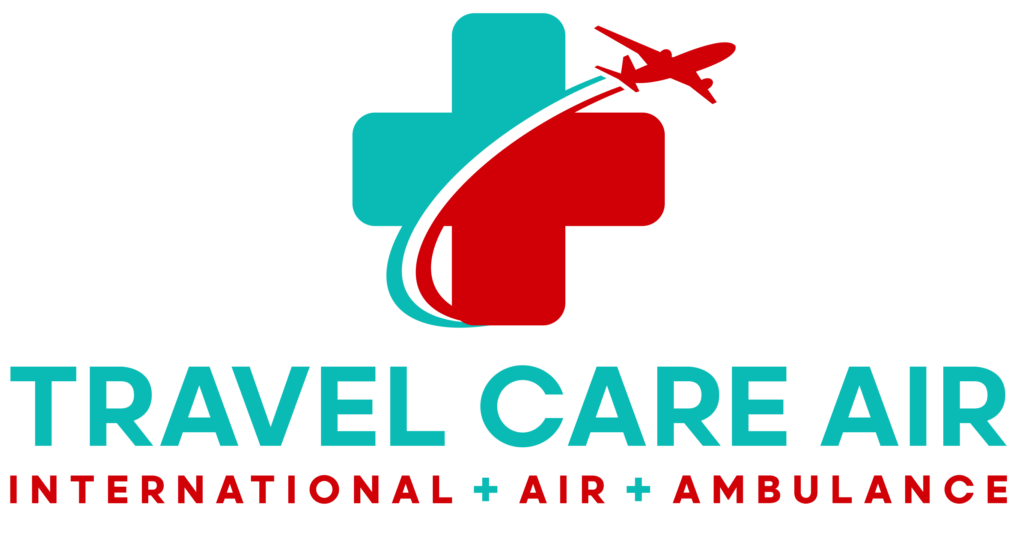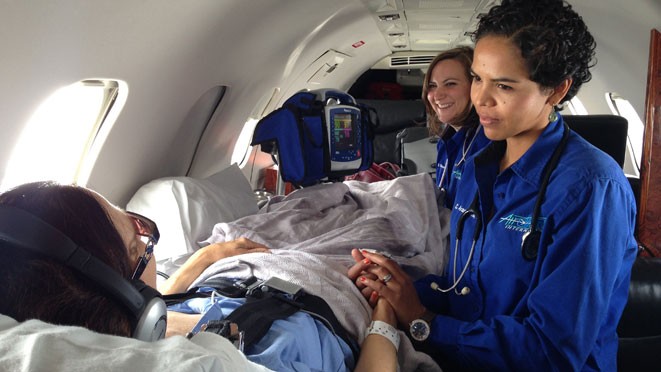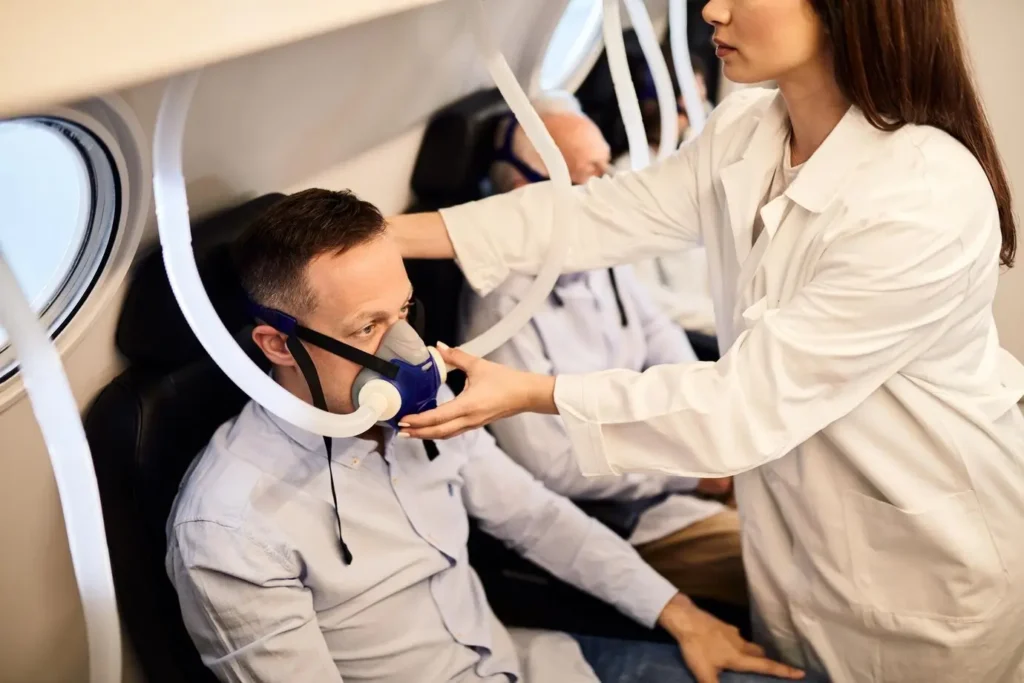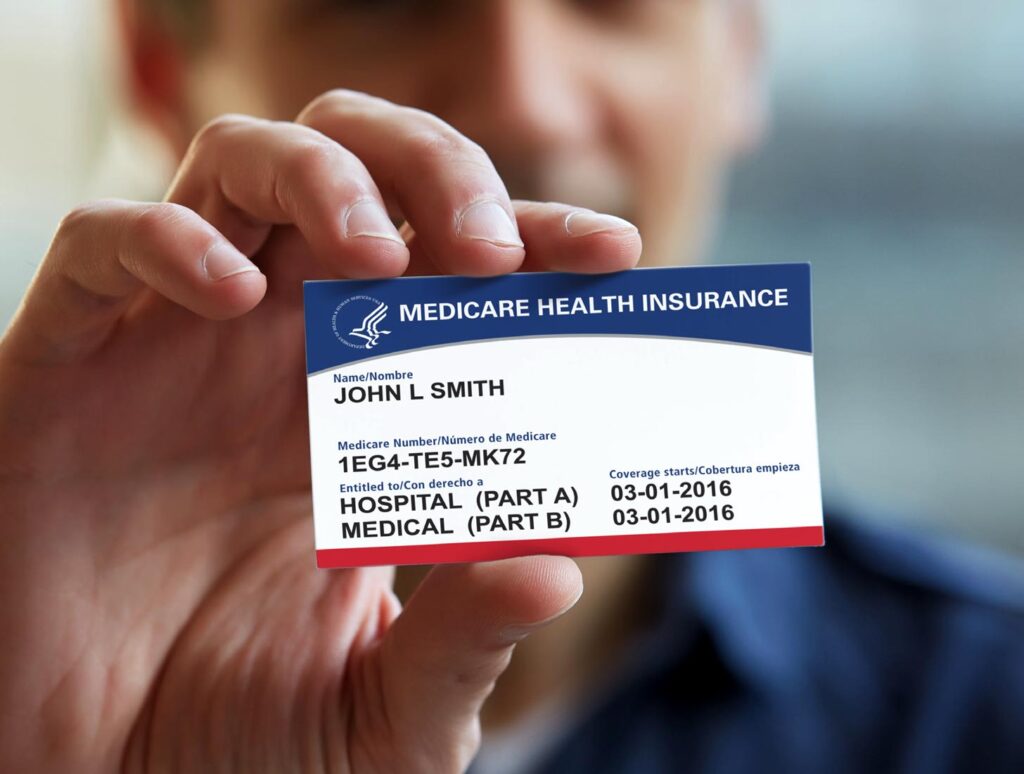The whole purpose of travel is to bring joy, exploration, and connection to your life. But sometimes, plans are interrupted by something no one expects…a medical emergency while traveling. When a loved one suddenly needs urgent care when they are far from home, the stress can be almost debilitating.
It is during this time when families begin the process of arranging medical transport, something that sounds complicated, but with the right support and guidance, it can be a clear and easy endeavor. Whether it’s an accident, a flare-up of a chronic condition, or a need to return home for ongoing care, knowing exactly what to expect and what to do next can bring real peace of mind.
Here’s what you’ll learn:
- How arranging medical transport works when your loved one is in another country
- What international rules and logistics are involved in safely moving a patient
- How to coordinate an air ambulance trip with hospitals and providers
- The steps to take in case of a medical emergency while traveling
- Practical options for how to get home after an accident while on vacation
How to Arrange Medical Transport
Arranging medical transport for a loved one who is abroad can feel like a huge responsibility, but there are some easy steps that you can take to help with the process. The first move is reaching out to a trusted air ambulance provider. They are the ones that coordinate directly with the hospital that is treating the patient, working to understand their current condition and determining what level of care is needed in-flight.
From there, a few important steps take place quickly. First there is the medical evaluation to determine if the patient is ready for travel, the approvals from both the treating and receiving facilities, and the preparation of all necessary documentation like medical records, passports, and insurance details.
This stage also involves reviewing the patient’s stability and creating a personalized care plan. A physician must confirm that the patient is fit to fly, which includes evaluating their vitals, looking into what medications they are currently taking, determining their oxygen requirements, and whether a stretcher or other specialized equipment is needed during the flight. This fit-to-fly clearance is required for international medical transport, especially when crossing into a country with different health regulations.
Every case is different, but the air ambulance providers are experts and have done this many times before. They are there to ensure that the plan is medically sound, well-documented, and in full compliance with all of the border entry rules and airline standards that are in place.
Choosing the Right Type of Transport for Your Loved One
When it comes to arranging medical transport, one of the first decisions that families need to make is choosing the right type of transport. That is a conversation that will be closely guided by your loved one’s condition, how far they need to travel, how quickly, and what kind of care they will require along the way.
In some situations, a commercial medical escort is the most appropriate choice. This option involves a medical professional that flies with the patient on a standard commercial airline, providing basic care and support throughout the entire flight. It is usually the best option for stable patients who are cleared for public air travel and do not require equipment like oxygen or cardiac monitoring.
For shorter distances or stable transfers between nearby hospitals, a ground ambulance may be a good choice. However, when a patient is seriously ill, recovering from trauma, or traveling across countries or continents, an air ambulance overseas is going to be a much safer solution.
Families who need an air ambulance are usually dealing with time-sensitive situations, fragile medical conditions, or complicated travel logistics. In these cases, international medical transport involves highly trained staff, in-flight medical equipment, and carefully coordinated care between the sending and receiving hospitals.
Your transport provider is going to help explain the options, will communicate directly with the care teams, and will help guide families through each and every step, making sure everyone understands what to expect and how the transport process will unfold. That high level of clarity can bring some real peace of mind during a challenging time.
What to Expect During an Air Ambulance Trip
When arranging medical transport, families often want to know what an air ambulance trip is really like and what they should expect from the experience. From the moment the aircraft is prepared, every detail is centered around patient safety, comfort, and continuity of care.
Before takeoff, the patient is gently transferred from the hospital or care facility by a specialized ground team that is trained in medical handoffs. Once aboard the aircraft, the environment feels more like a mobile intensive care unit than a standard plane. That is because each international medical transport flight includes state-of-the-art medical equipment like cardiac monitors, ventilators, IV pumps, and emergency medications to ensure they are ready for any situation that could arise.
The medical crew most often includes an experienced flight nurse and a paramedic or physician, depending on the patient’s condition. Their focus is on constant in-flight monitoring, administering medications, and making real-time decisions if the patient’s condition changes even in the slightest. It is important to know that these are not commercial airline staff. They are highly trained medical professionals who manage critical care in the air.
Throughout the journey, the team remains in contact with the receiving hospital to share updates and confirm that the care team is prepared for the patient’s arrival. That level of coordination ensures a seamless transition from air to ground.
In many cases, a family member can ride along. The policies depend on things like available space in the aircraft, the medical stability of the patient, and other regulations, but when possible, having a familiar face nearby can bring comfort to both the patient and their loved ones.
You can think of it this way – an air ambulance trip is a fully coordinated medical mission that is specifically designed to protect and care for your loved one every step of the way.
What You Need to Know About Insurance and International Transfers
When arranging medical transport, one of the most important (and often most confusing) parts of the process is understanding how payment, insurance, and timing all come together.
If your insurance covers cross-border patient transfer, your provider will usually require pre-authorization and may have limits on which services or providers are eligible. For those paying privately, a reliable transport company will give you a clear, upfront quote and outline exactly what is included. It’s important to ask about medical crew costs, aircraft fees, and coordination services.
Billing between countries adds another layer of complexity to the process. Your air medical team should coordinate with both sending and receiving hospitals to make sure documentation, care plans, and financial records are aligned across borders.
Timing depends on multiple factors. These include hospital discharge approval, patient stability, flight crew and aircraft availability, and weather conditions. Some delays are out of your control, but by engaging in early communication with a trusted provider you can significantly streamline the process.
Planning ahead, even if you don’t have all the answers yet, can make a world of difference when the time comes to arrange medical transport.
Your Partners in Global Medical Transport
When a loved one faces a medical emergency far from home, it’s easy to feel scared and frustrated. But arranging medical transport becomes a whole lot more manageable when you have the right people helping to guide you along the way. That is where experience, coordination, and compassionate care truly make a difference.
At Travel Care Air, families are never left to figure it out alone. With more than 40 years of dedicated service, our team handles every detail of international medical transport, from medical clearances to in-flight care and clear and consistent family communication. Our trained specialists coordinate across borders, work closely with hospitals and embassies, and ensure each step is taken with the highest level of care and precision.
You deserve peace of mind and expert support when it matters most. Contact Travel Care Air today by phone at 1-800-524-7633 or online for help with personalized cross-border medical flights that place the greatest priority on safety, comfort, and trusted care…from start to finish.
Frequently Asked Questions
What happens if you have a medical emergency in a foreign country?
If you experience a medical emergency while traveling, the first step is to get immediate care at the nearest hospital. Once stabilized, medical professionals may recommend arranging medical transport home or to another facility. An experienced provider can help coordinate care, documentation, and safe travel options based on your specific condition and location.
What is emergency travel medical?
Emergency travel medical refers to services that support safe transport for patients who require urgent care during travel. This includes international medical transport, which is coordinated between countries and involves specially equipped aircraft, trained medical teams, and constant in-flight care to ensure that the patient arrives safely and comfortably at their next destination.
What to do if you get sick while traveling?
If you fall ill abroad, notify local emergency services or visit the nearest hospital. From there, begin arranging medical transport with the help of a global provider. They’ll guide you through paperwork, approvals, and logistics, and help determine how to get home after an accident while on vacation or illness that needs continued care.
What is considered a medical emergency?
A medical emergency includes events like a heart attack, stroke, trauma, or any condition that needs immediate medical care. If the situation is serious and you’re far from home, you may need an air ambulance to return safely, especially if commercial travel isn’t safe or possible for the patient’s condition.
What does an air ambulance do?
An air ambulance provides critical care in the air. During an air ambulance trip, patients receive professional monitoring, medical interventions, and comfort from trained staff. These flights are part of coordinated international medical transport that brings patients safely across borders while keeping up the same level of care found in a hospital setting.




